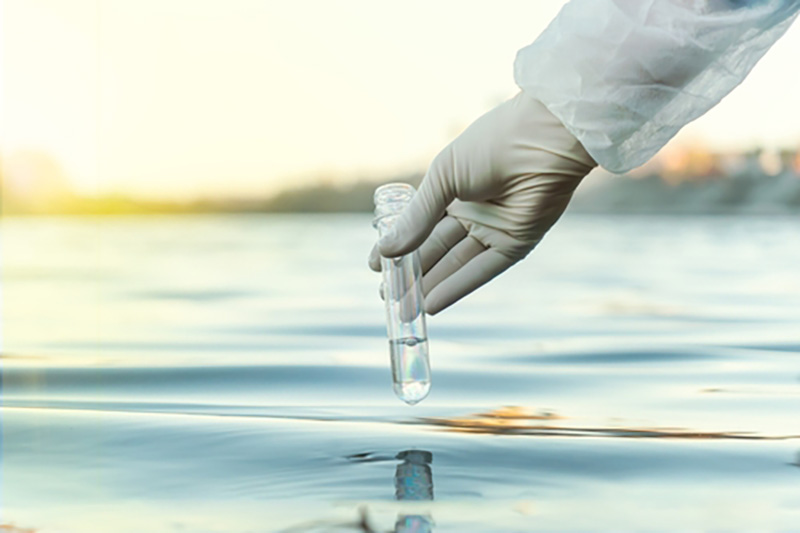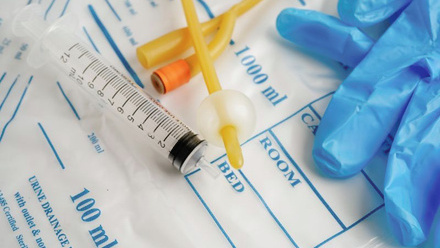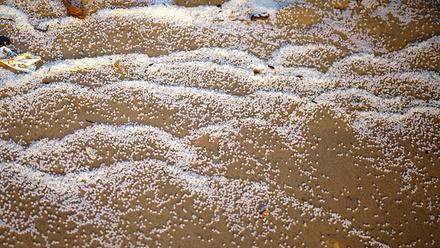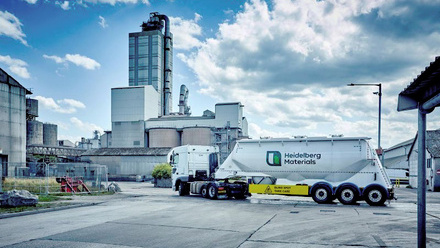Molecular nanocages remove 80-90% of PFAS
Researchers in America have removed more PFAs from groundwater than traditional methods with low toxicity.

Led by the University at Buffalo, the team says its molecular nanocage captures the bulk of per- and polyfluoroalkyl substances, or PFAS, found in water – and it works better than traditional filtering techniques that use activated carbon.
Made of organic nanoporous material designed to capture only PFAS, this tiny chemical-based filtration system removed 80% to 90% from sewage and groundwater during the study, respectively, while showing very low adverse environmental effects.
The scientists say that the sturdy structures of molecular nanocages provide capabilities to capture, remove and chemically deactivate hazardous substances like PFAS and many others. They could also potentially filter out noxious gases from the air, the study authors say.
The group synthesised the nanocages from a group of organic chemicals called porphyrins. Previous studies have shown success with porphyrin nanocages in removing dyes, antibiotics, insecticides and chemicals that disrupt human hormone production from water.
They then tested their nanocages' ability to absorb 38 different types of PFAS, including GenX, a type of PFAS commonly used in nonstick cookware and other materials.
Activated carbon and other purification or filtration methods, such as ion exchange resins and reverse osmosis, tend to interact weakly with PFAS, the researchers note. They are also costly, high-maintenance and energy-intensive in comparison to nanocages.
Samy El-Shall, a programme director in the NSF Division of Chemistry, says, 'The material can also be mass-produced at scale, and the cages are modifiable to remove PFAS only while leaving other water contents alone.'







